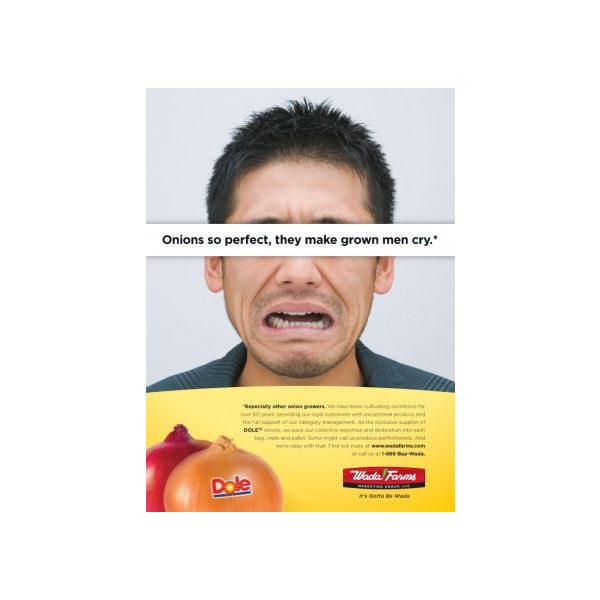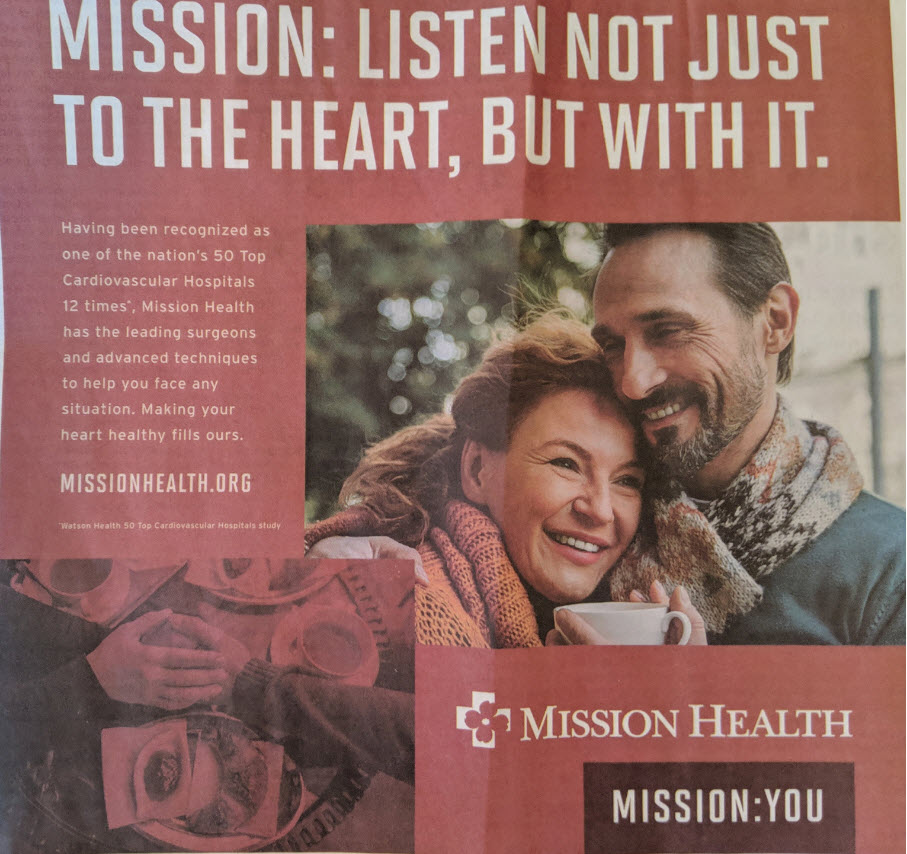Yahoo’s new brand strategy?
On Sept 7, 2011 I predicted Carol Bartz, CEO of Yahoo! would be out within a year. It happened in July 2012. I’ve followed and blogged about Yahoo since the beginning of What’s the Idea? and was internet raised on Yahoo. I want it to succeed, but it has been a messy go the last 5 years. Perhaps that is changing.
According to new CEO Marissa Mayer in an article from today’s New York Times, Yahoo’s top priority is to “Make the world’s daily habits inspiring and entertaining.” I smell a brand strategy.
Over the years, Yahoo has had many leaders, many missions and many goals: Become the Internet starting point for the most consumers. Become a ‘must buy’ for the most advertisers. Become an open technology platform for developers. Become an innovative content company. A mobile leader. And and and…
“Make the world’s habits inspiring and entertaining” is a brand strategy that has ballast. Remember it’s not the creative, it’s a strategy. Support it with three endemic and meaningful brand planks and you have the start of something – a brand plan.
I’m not going to parse the sentence yet and frankly a brand strategy with a conjunction (“and”) is a bit of a weasel, but the exciting keywords are: world, habits, daily, inspire, entertain. Were I a Yahoo brand manager, CMO, or VP and if someone brought me a new mobile app or content idea, I could easily use this strategy as a litmus test for approval. It’s still broad and in need of refinement but it’s a start. As my daughter used to say “I yike it!” Peace.








